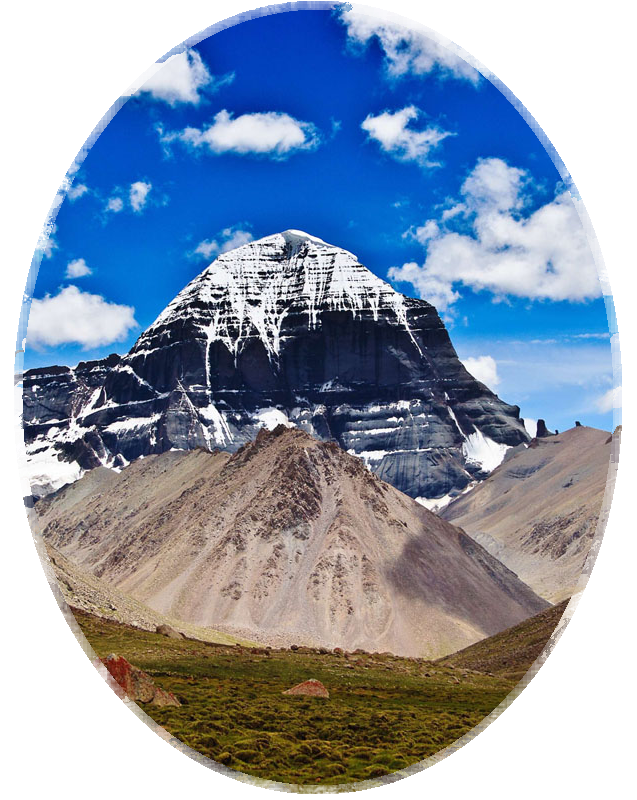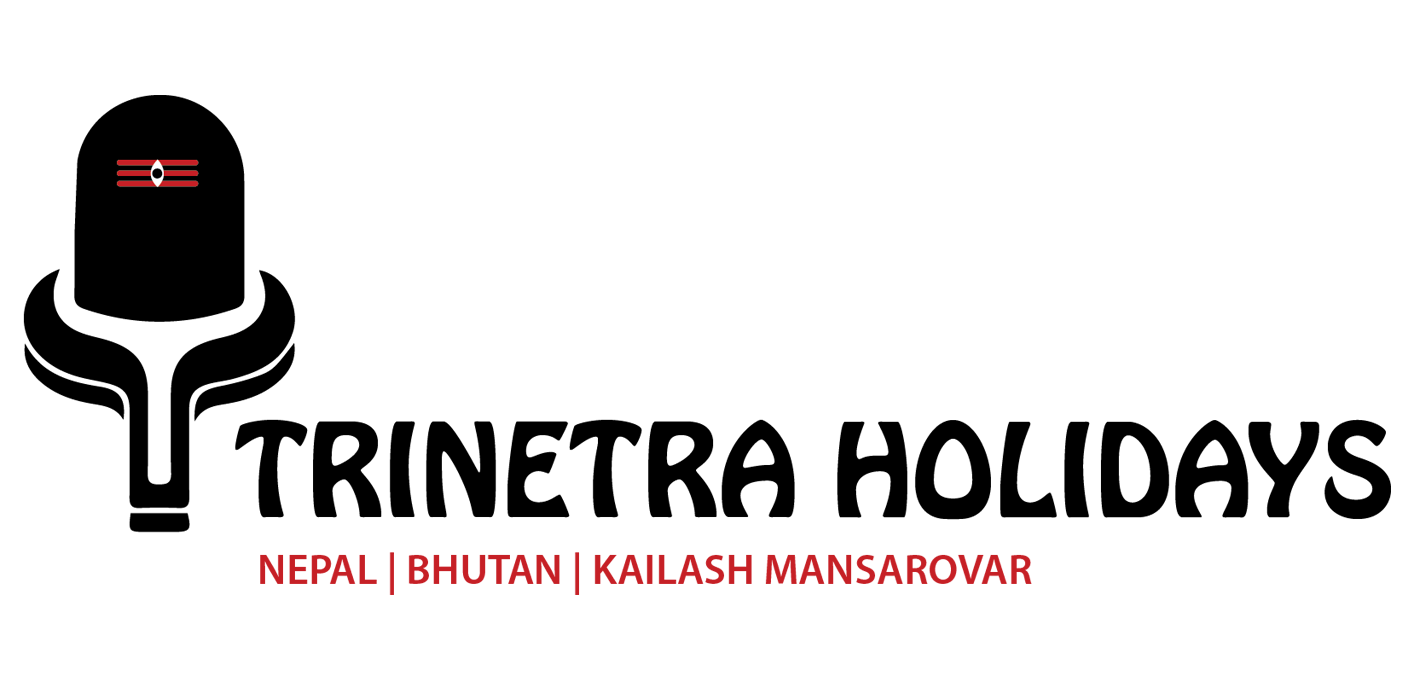FAQ About Mount Kailash
Mount Kailash – also known as the abode of God Shiva – is one of the world’s most sacred holy places. It is a peak that is believed to be Lord Shiva’s home – located in western Tibet. It stands at 22,000 ft (6,705m), where thousands of pilgrims do the KailashMansarovar tour (yatra) every year. Mainly, people to Kora (Parikrama) of Mount Kailash start/end from Darchen and take a holy dip in Mansarovarlake. The Mansarovar is the highest freshwater lake in the world at an altitude of 14,760 ft (4,500 meters), and it is at the foot of holy Mt. Kailash. Pilgrims take a holy dip at this lake as it is considered one of the most sacred lakes in Asia and a part of the pilgrimage trip.
Why Mount Kailash does not allow climbing?
The main region Mount Kailash is not climbed yet is its religious respect. No pilgrims climb Mount Kailash. All four religions (Hindu, Buddhist, Jain and Bon) believe that it would be a serious act of disrespect to put a foot on its slopes. Legend has it that the only person to have reached the summit is the Buddhist champion Milarepa and that all others who have ventured to against the forbidden have died in the process. Tibetan government does not issue any permits to climb this mountain and strictly watching every tourist to reach there to avoid any illegal activities against the holy land.
The fact of Mount Kailash
- Contrary to popular claims, the pyramid-shaped Mount Kailash is the result of the possessed technical expertise of some superhuman divine beings.
- According to the Buddhist and Hindu scriptures, around the Mount Kailash exist ancient monasteries and caves wherein the holy sages reside in their material and subtle bodies. These caves can be seen by only a few fortunate ones.
- Two beautiful lakes, namely Mansarovar and Rakshas Tal, are located at the base of Mount Kailash. Of the two, Mansarovar, which lies at an altitude of 14, 950 ft,(4,590 meters), is considered the highest freshwater body in the world.
- While Mansarovar has a deep spiritual significance, its antithesis, Rakshas Tal, was born of the intense austerities performed by the demon King Ravana to please Lord Shiva. For its close association with a demoniac entity, the Rakshas Tal Lake is gifted with salty water and deprived of aquatic plant life and marine life.
- True to its nature, the water of the holy Lake Mansarovar stays placid whether it is windy or not. Also, its next-door neighbor, Rakshas Tal stays more or less turbulent. Credit:
- Every year, thousands of pilgrims enter Tibet for a pilgrimage to the holy Mount Kailash. A few make it to the region and very few manage to finish circumambulating the sacred peak. As for climbing up the summit, some brave mountaineers have attempted to do so, but no success.
- Trekking all the way up to the peak of Mount Kailash is held to be a forbidden act among Hindus for the fear of trespassing the sanctity of the mountain and disturbing the divine energies residing there. As per a Tibetan lore, a monk named Milarepa once ventured far enough to reach the top of Mount Meru (Mount Kailash). When he returned, he forewarned everyone to avoid bothering God resting high up in the peak.
- Do not be surprised if you find your nails or hair grown by a few millimeters after returning from your Mount Kailash trip. Tourists and pilgrims have discovered that the air of this ancient peak measures up the process of aging.
- Once a group of climbers of Siberian origin reached ahead of a certain point and immediately aged by a few decades. Shockingly, all of the trespassers died of old age a year after!
Best season to visit Mount Kailash
The best season to visit Kailash is from June to August month. Kailash tour starts from the month of May are still cold and icy path at the highest Dolma-La pass. September month still is a good time but it is already starting off cold temperature. Kailash operation starts from mid of May and goes till mid of September month. The region is rain shadow and months of the rainy season got less rain here. The whole region would cover with thick snow in the winter season. The coldest months in Kailash are from December till February. The month of March, April till mid of May will be still ice on the Parikrama path. Pilgrimage visit to Kailash focuses on Kailash Parikrama, which is three days walking around the Kailash mountain.
What is the altitude of Kailash Parikrama?
Kailash Parikrama is considered the most challenging part of the Mount Kailash Tour. The 52-KM whole trekking starts from Darchen (4,560m). You enter Lha-Chu valley, Lham-Chu Calley, Dzong-Chu Valley, and ends at Darchen. During the KailashKora, you would stay one night in Dirapuk Monastery and another in Zuthulpuk Monastery. The average altitude of the Kora around the Kailash Mountain is about 5,000m, and the moderate walk is about 7 to 8 hours a day. Every pilgrim who comes to Kailash to make the KailashKora walks through the Kailash Mountain in a clockwise crossing the highest pass Dolma La (5645m).

Kailash FAQ's
We have realized that many yatris do not enough information about their yatra of lifetime and do not know what to expect in Tibet while their yatra. Therefore, we have prepared this document with the view that yatris will find it useful.
14 days by A/C deluxe coach.
12 Days ByHeli from Kathmandu.
10 days by Helicopter via Nepalganj.
14 days Kailash Yatra by by A/C deluxe coach Kathmandu to Kerung (Nepal – Tibet border) non a/c tourist bus will be used. In Tibet, A/C deluxe coach will be used. Routing Kathmandu-Sysbrubesi-Kerung- Holy Mt. Kailash & Mansarovar Lake-Saga-Kerung-Kathmandu
10 days Kailash Yatra by Helicopter Kathmandu – Nepalgang – Simikot – Hilsa (by helicopter) – Taklakot – Mansarovar – Darchen – Dirapuk – Zuthulpuk – Darchen – Mansarovar – Taklakot – Hilsa – Simikot (by helicopter) – Nepalganj – Kathmandu. Also 3 days Mt. Kailash Parikrama.
10 Days Lucknow – Nepalgunj – Simikot - Kailash – Simikot – Nepalgunj - Lucknow
Tibet: We have always been assessing the services on the ground. We have been using land cruiser in the past years for our yatris due to the road condition in Tibet. However, upon our assessment, we have found out that, road condition in Tibet has dramatically progressed. Thus, looking at the road condition and comfortable point of view, we have decided to use deluxe a/c tourist coach for Kailash Mansarovar Yatra. Our yatris enjoy chanting bhajans whilst their journey in such comfortable coach.
Kathmandu
Helicopter Yatra: 5 Star Annapurna / 5 Star Shangri La or similar Overland Yatra: 4 Star Royal Singi, Grand, Manaslu ,Vaishali or similar
Nepalgunj
Siddhartha, Vatika, Sneha or similar (For Helicopter Only)
Tibet: Bearing comfort of our yatris in mind, we have decided to minimize use of camping wherever possible. Thus, our Kailash Mansarovar Yatra itinerary includes guest house at all places in Tibet (no more camping).
Nyalam: Guest house New Dongba: Guest house Taklakot: Guest house Mansarovar: Guest house Darchan: Guest house Derapuk: Guest house Zuthulpuk: Guest house
In a first stage of process, we would require completed documentation from you by post. The list of documents that are require are listed in booking confirmation document which we will forward you by post or email once we receive deposit payment. We will obtain your Tibet Travel Permit.
Once, we obtain Tibet permit, will apply for Chinese visa (generally, this happens on a very next of your arrival in Kathmandu). We would need your original passport to do this. We will return your passport once; we obtain Chinese group visa.
Since, all this process is time consuming; we highly suggest our yatris to book or decide Yatra as early as possible.
Full Moon departures are subject to 10% additional costs.
There are several reasons why yatris choose full moon.
- Festivals in Tibet happen during Full Moon (especially Saga Dawa Full Moon Festival: the holiest day in Tibetan Buddhism) – Full-Moon in Mansarovar: Many yatris prefer doing puja during the Full moon (Purnima) – Many want to see beautiful view of full moon over Mount Kailash – Prefer doing Kora during Full-moon
Disadvantages yatris travelling on Full-Moon:
Tibet might close: Occasionally immolation happens in Tibet during festivals during summertime. Like last year in May 2012, Tibet was shut down by government for a month or so. So many Yatris were stranded or postponed their dates even though they have all the permit and paperwork.
Crowd: Since many people want to go to Tibet during the full moon, there will be overbooking of Guest houses and vehicles in Tibet. To reduce this, a government agency, CIPSC (Chinese Indian Pilgrim Service Centre) has incurred extra 10% charges for the travellers.
Unnecessary price increase: Due to high demand all services in Tibet side, many local people will make goods and services expensive. So if you need any additional goods or services that we do not provide then it might be pricey.
- Yak and Yak man cost – Rescue or evacuation if need, Tibet visa separation cost – Travel insurance, drink, laundry, Telephone/fax, Additional transportation cost. – If you are not going for Kailash Parikrama due to any reason and staying back at Darchen for three days, you have to pay extra £50 per day for accommodation and food in Darchen. – Airport tax of Kathmandu. To be paid cash direct at the airport while taking return flight.
INR 100 = NPR 160 INR 100 = CNY 14 (CHINESE YUAN) you can exchange Yuan in Kathmandu or in Tibet border. Most of the yatri/customer exchanges their currency in Nepal-Tibet border.
30 days before departure date, INR 15,000 will be charged as cancellation. 15 days before departure date, INR 25,000 will be charged as cancellation. 07 days before departure date, No refund allowed.
- Camping Equipment’s (to be returned at the end) – Sleeping bags (down with inside extra cover), (to be returned at the end) – Jacket (down) (to be returned at the end) – Oxygen Back-up & Gaymo Bag.
Valid Passport with 4 passport size photographs Medical Insurance Policy
- For smooth & successful completion of yatra, it is essential to develop good understanding among yatris.
- Do take diamox regularly till you finish the parikrama.
- Drink plenty of water & fluids during trekking. Take liberal amounts of hot, fluids and enough nourishment to provide energy for body.
- Do cover yourself properly and protect yourself from Cold.
- Use good quality tinted snow-glasses or dark sunglasses to protect eyes against snow blindness. Avoid use of cheap, poor quality sun glasses.
- Apply good quality sunscreen lotion (30 SPF) to exposed parts of the body to avoid sunburn, particularly during parikramas.
- If there is heavy snowfall or snowstorms, stay close to each other & avoid being separated.
- Do respect their culture and people.
- Do maintain cleanliness.
- Follow instructions of the Tour officer properly.
Don'ts
- Do not neglect to consume sufficient food & fluids. Do remember that pilgrims suffer from loss of appetite at high altitudes. So, per force consume enough nourishment.
- Do not overexert. Fatigue can lead to cold and more serious problems, especially at high altitude.
- Do not take photographs of Army Officials and Check Post.
- Do not talk about Dalai Lama.
- Do not smoke or consume alcohol during the yatra & especially at high altitudes, as this is dangerous & has serious consequences.
* if you do not have any of the above items, our executive will assist you in Kathmandu.
